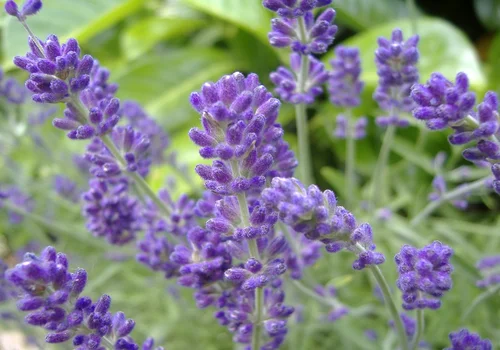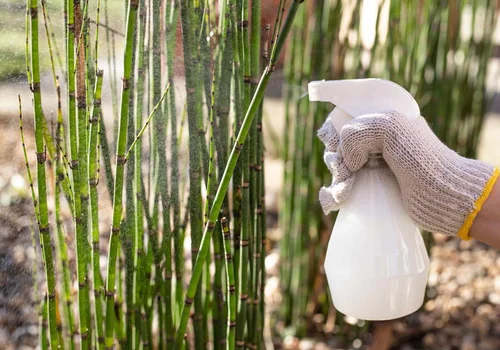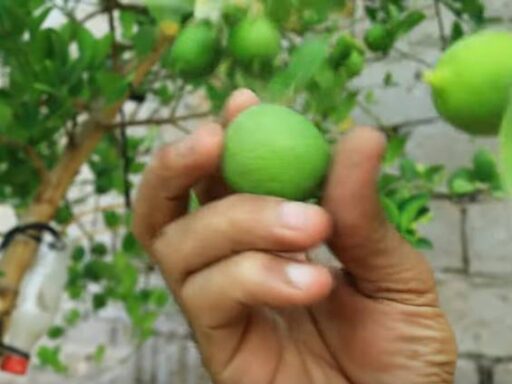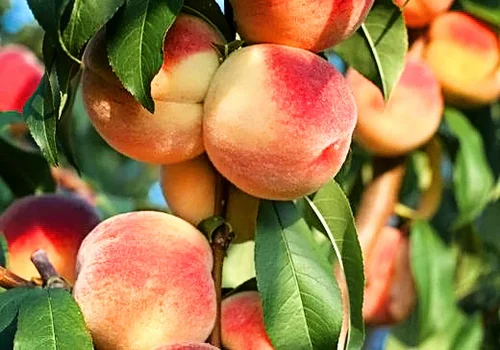Lavender, a plant known for its captivating fragrance, is not just an ornamental plant but also offers numerous uses and benefits. Its scent can create a calming and refreshing atmosphere in your home, especially when placed in areas with good airflow. Whether it’s the flowers or the leaves, lavender releases a soothing aroma, particularly in the evening, making your surroundings more pleasant and tranquil.
A Versatile Plant
Lavender isn’t just a beautiful flower to admire. It’s also used in a variety of ways beyond decoration. The dried flowers can be added to tea for a delightful flavor, while the essential oils extracted from the plant are used to enhance sweets and beverages. Lavender is also a popular choice for seasoning meat, fish, and poultry, bringing a unique taste to many dishes.
A Natural Companion to Popular Flowers
Lavender is often compared to jasmine and gardenias in terms of popularity. However, unlike many plants that require extensive care, lavender is quite easy to maintain. It requires minimal watering, with just one watering session per week in winter and slightly more frequent watering during the summer. Overwatering can lead to root rot, one of the most common issues that affect lavender.
Sunlight and Fertilization Requirements
Lavender thrives in direct sunlight, needing at least five hours of exposure daily. Placing it in the shade can cause its leaves to yellow and delay flower production. When it comes to fertilization, this plant doesn’t demand much. A monthly application of organic fertilizer, such as compost or yeast-based fertilizers, will suffice. Over-fertilization can harm the plant, so it’s best to keep things simple.
A Magnet for Bees and Honey Production
If you’re a beekeeper, lavender is an excellent addition to your garden. Its aromatic flowers attract bees, helping to enhance honey production. The fragrance of lavender also adds a subtle yet pleasant flavor to the honey, making it even more appealing.
Easy Propagation and Care
Lavender can be easily propagated through seeds or cuttings. You can purchase lavender seeds from agricultural stores or online marketplaces. When growing from seeds, it’s best to plant them between September and April. If you choose to propagate through cuttings, simply remove some of the leaves from a branch and plant it in a well-draining soil mixture. In a matter of weeks, the cutting will take root and grow into a full plant.
For those planting lavender in hotter months, placing the seeds in a moist tissue and refrigerating them for a few days can help speed up germination. Once the seeds begin to sprout, you can transfer them to individual pots, ensuring each plant has enough space to grow.
Pruning and Maintenance

To ensure healthy growth, it’s essential to prune lavender at the end of winter. This helps the plant develop larger flowers and keeps it in good health. After pruning, you can use the cuttings to propagate new plants. Using aloe vera gel as a natural rooting hormone can improve the success rate of cuttings.
Lavender grows quickly, and in just 30 to 35 days, your cuttings will have developed into mature plants, ready to be transplanted. By planting several cuttings, you can create a beautiful lavender garden that not only looks stunning but also provides a continuous supply of fragrant flowers.
Frequently Asked Questions
- What are the main benefits of growing lavender at home? Lavender creates a calming environment, is easy to care for, and can be used in cooking, tea, and essential oils.
- How much sunlight does lavender need? Lavender requires at least five hours of direct sunlight each day for optimal growth.
- How often should I water lavender? In winter, lavender needs watering once a week, while in summer, it may require light watering every other day.
- Can lavender be grown from seeds? Yes, lavender can be grown from seeds, which are best planted between September and April for faster germination.
- What is the best soil for lavender? Lavender prefers well-draining, light soil to prevent root rot and ensure healthy growth.
- How do I propagate lavender from cuttings? Take cuttings from the plant, remove some leaves, and plant them in well-draining soil. Using aloe vera gel can help encourage rooting.
- Does lavender attract bees? Yes, lavender is known to attract bees, making it a beneficial plant for beekeepers and enhancing honey production.




